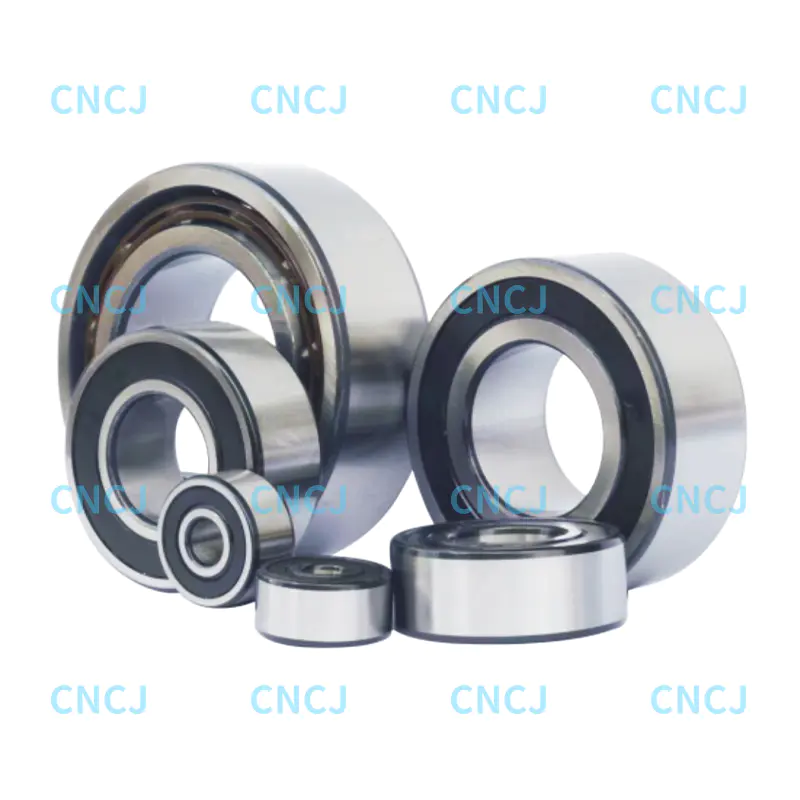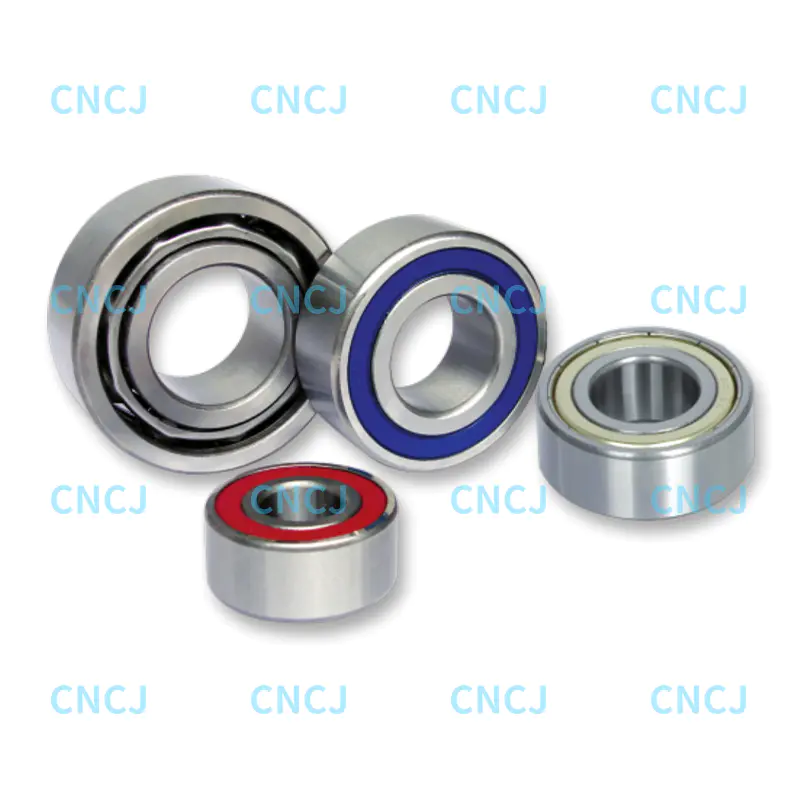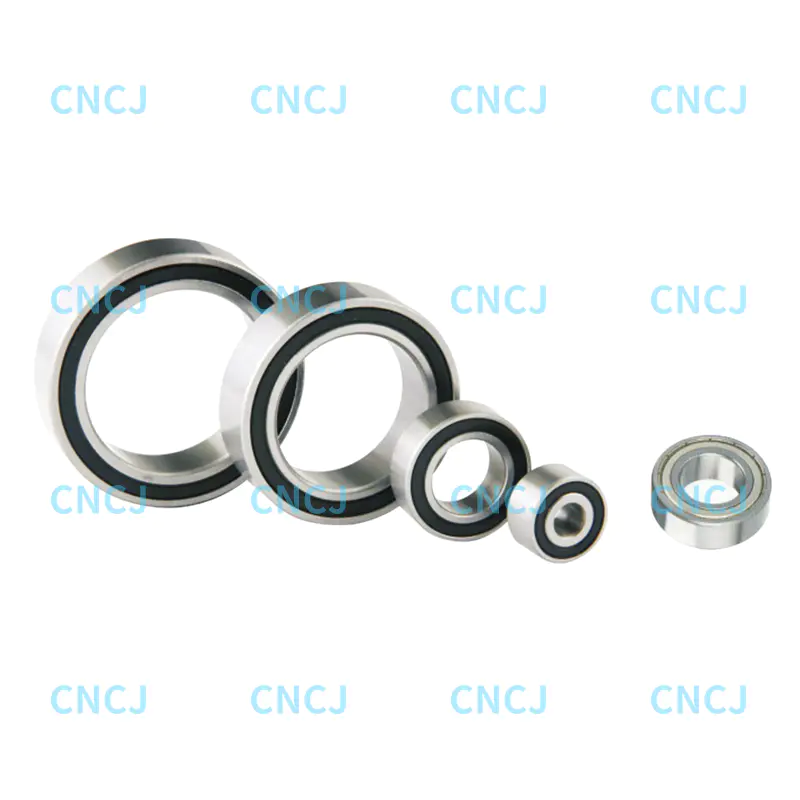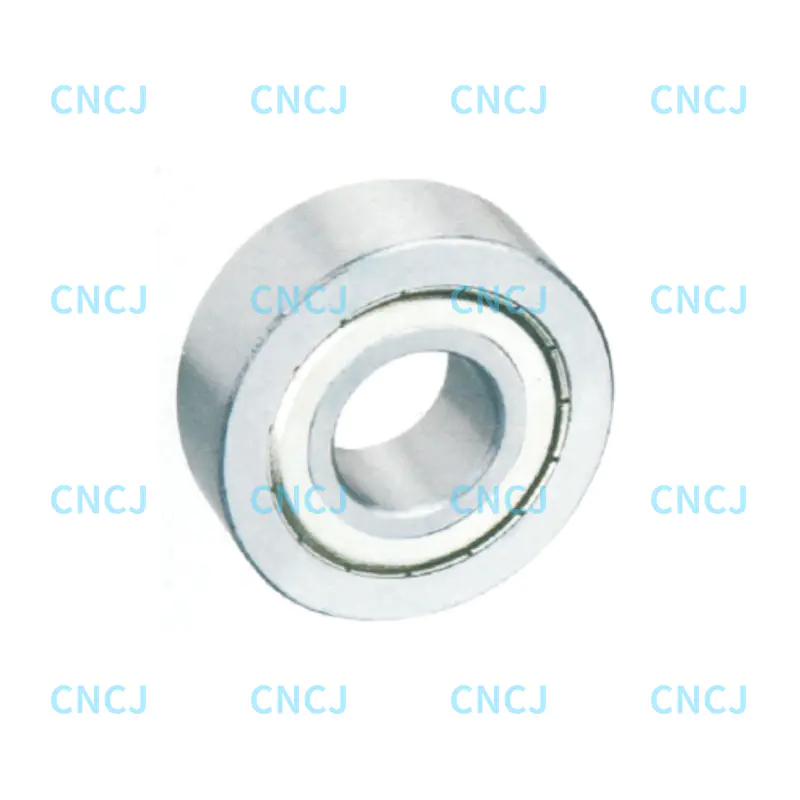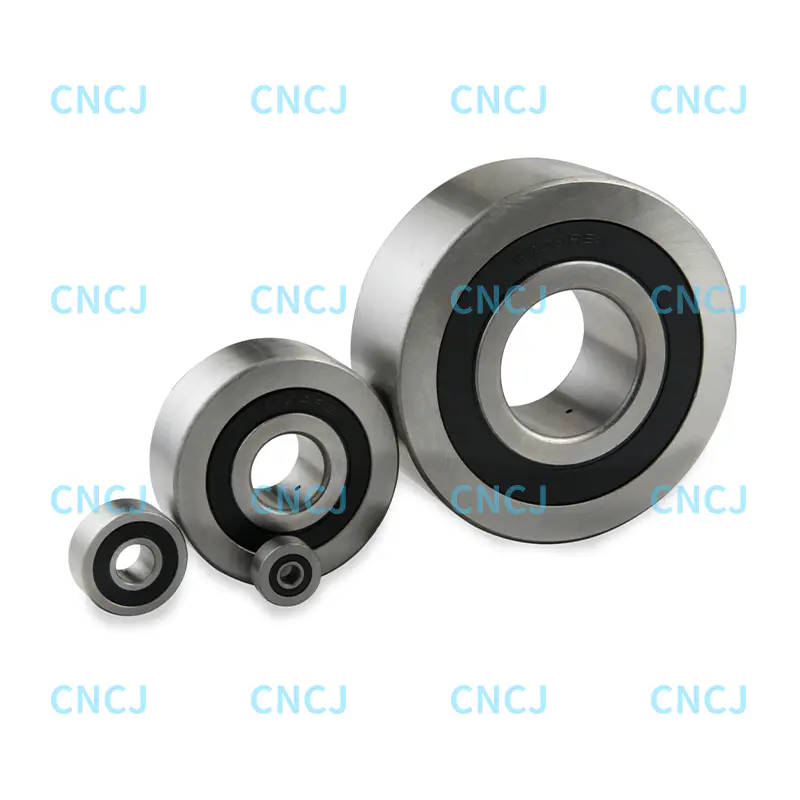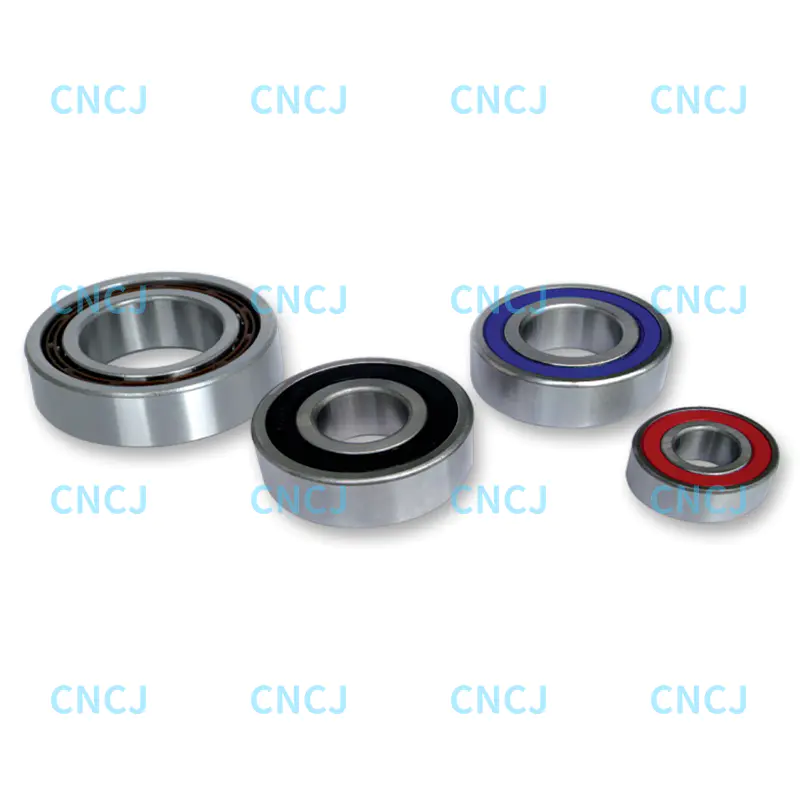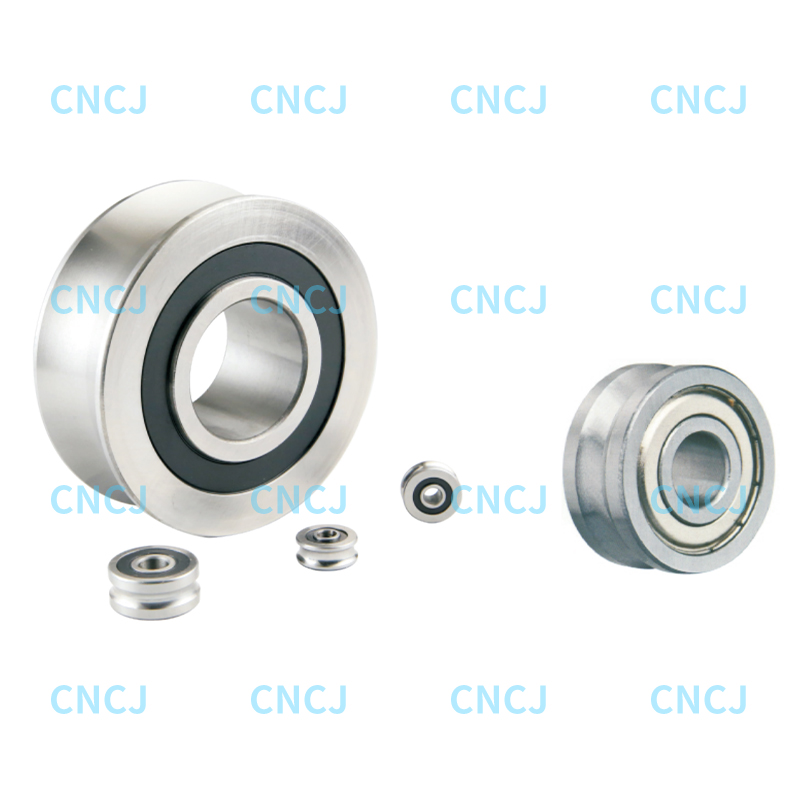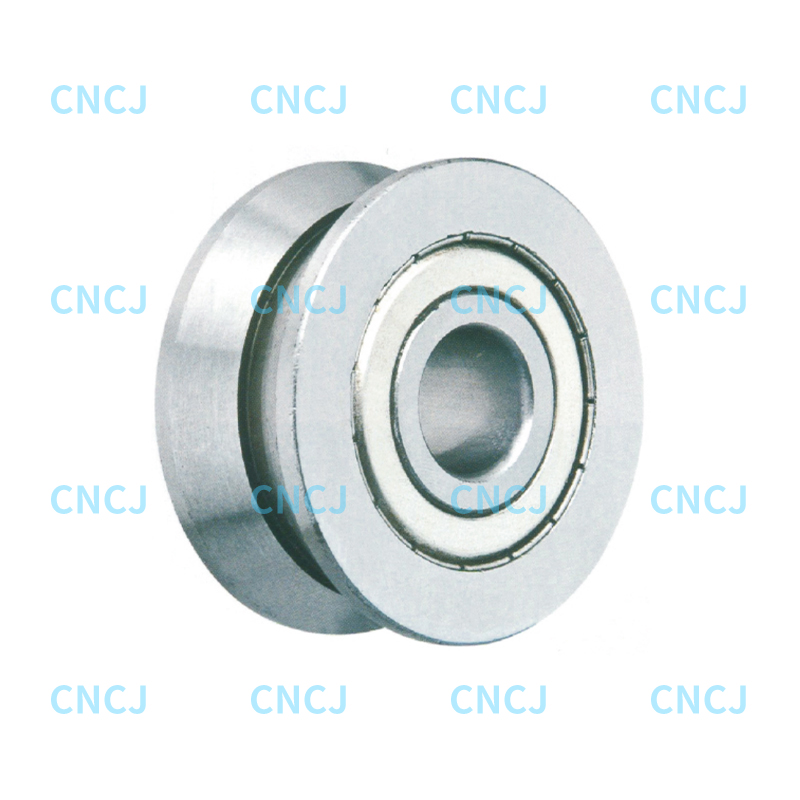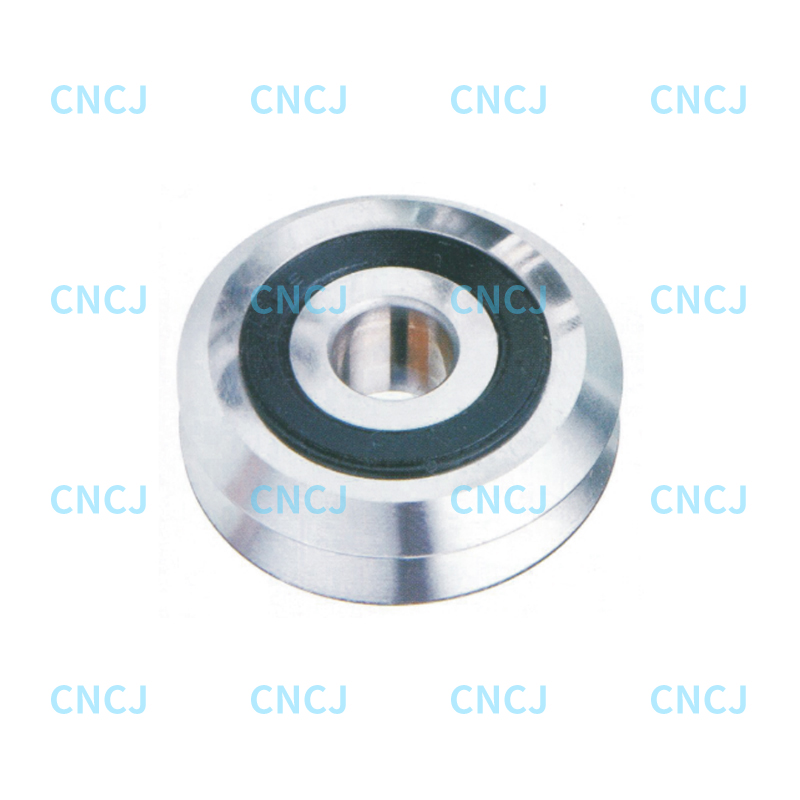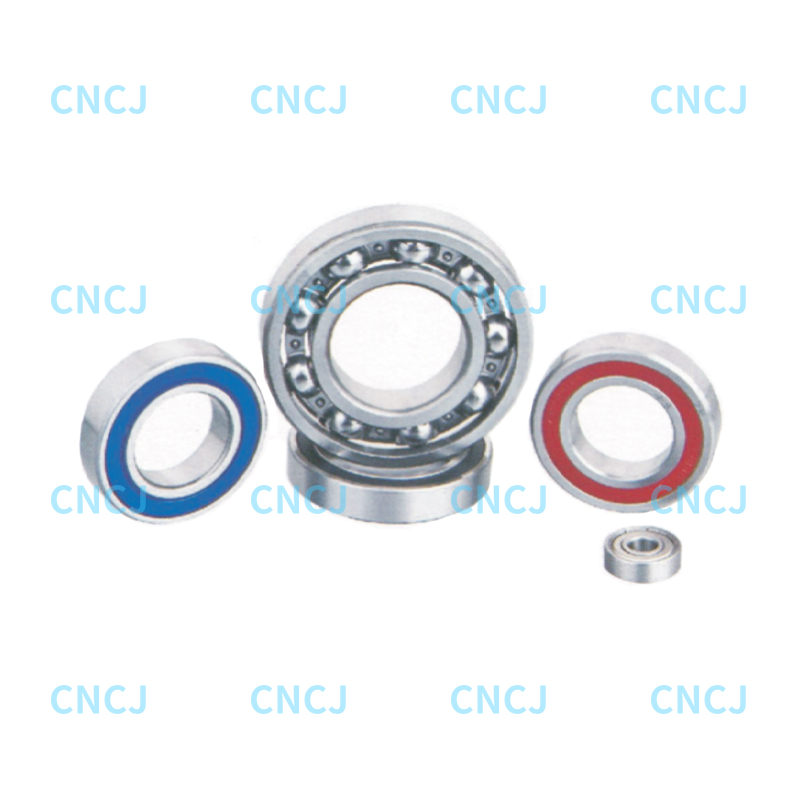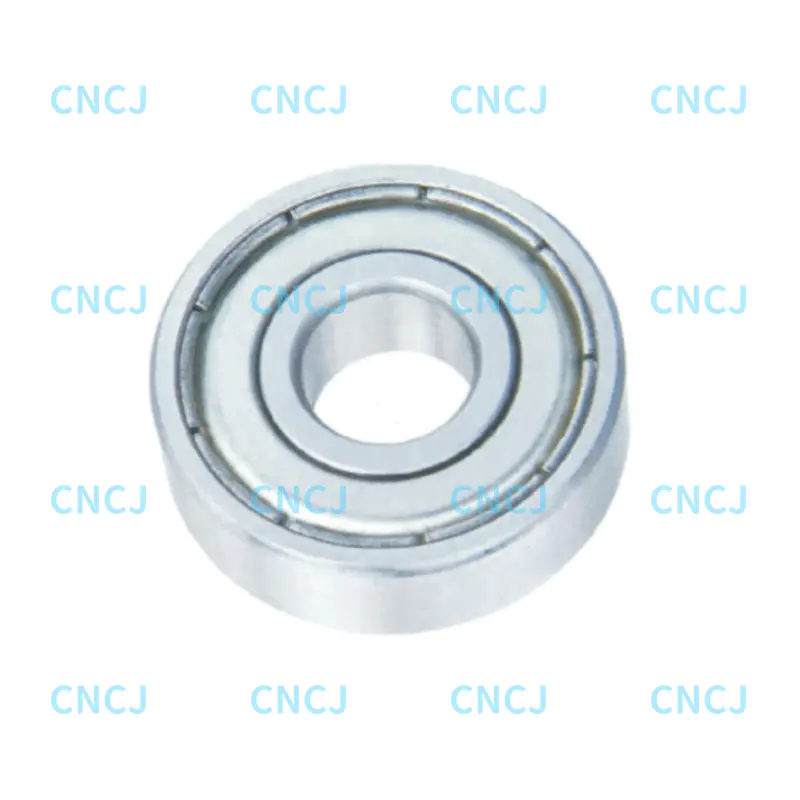The contact angle of Double Row Angular Contact Rollers plays a critical role in determining the overall performance and functionality of these bearings. This aspect of design influences several key parameters, including load distribution, axial and radial load capacity, stiffness, and operational efficiency. Understanding how the contact angle impacts performance can help engineers and manufacturers select the appropriate type of bearing for specific applications.
The contact angle refers to the angle between the line of contact of the rollers and the axis of rotation. In Double Row Angular Contact Rollers, the angle directly affects how the bearing manages forces. A larger contact angle allows the roller to handle more axial load. This makes Double Row Angular Contact Rollers with a steeper contact angle particularly suitable for high axial load applications, such as in gearboxes, machine tool spindles, or heavy industrial machinery. These bearings are designed to maintain their structural integrity under demanding loads, and the contact angle is a key factor in achieving this.
Conversely, a smaller contact angle tends to increase the bearing's capacity to handle radial loads, as the roller is aligned more directly with the radial force direction. For applications where radial forces are predominant, such as in electric motors or pumps, Double Row Angular Contact Rollers with a shallower contact angle can provide optimal performance by distributing the load more evenly across the rollers. The balance between radial and axial load capability is often a primary consideration when selecting bearings for specific machinery or equipment.
One of the significant ways the contact angle affects performance is through its influence on the stiffness of the bearing. A larger contact angle enhances the axial rigidity, making the bearing stiffer and more resistant to deflection under axial loads. This can improve the precision and accuracy of rotational movement, which is essential in high-speed and high-precision applications. The increased axial stiffness also reduces the risk of misalignment or deformation, ensuring more reliable and stable operation over time.
In addition to axial rigidity, the contact angle also plays a role in the torque transmission capabilities of Double Row Angular Contact Rollers. Bearings with a higher contact angle are better suited for applications requiring high torque, as they allow for more efficient load transfer between the roller and the raceway. This characteristic is particularly important in industries like automotive and aerospace, where performance under high torque conditions is critical. The ability to handle increased torque while maintaining low friction and high efficiency makes Double Row Angular Contact Rollers a valuable component in precision machinery.
Heat dissipation is another important factor affected by the contact angle. Bearings with larger contact angles tend to generate more heat due to increased friction between the roller and the raceway. While this can be managed with proper lubrication and cooling systems, it is essential to consider the impact of the contact angle on temperature regulation. On the other hand, bearings with smaller contact angles typically generate less heat, making them more suitable for high-speed applications where maintaining low operating temperatures is crucial to prevent premature wear or failure.
The contact angle also influences the axial clearance and preload requirements of the bearing. A larger contact angle may necessitate higher preload to ensure that the rollers maintain proper contact with the raceways, minimizing any play or movement that could lead to premature wear. Conversely, a smaller contact angle often requires less preload, which can reduce friction and improve overall efficiency. Preload and axial clearance are important factors in determining the performance and longevity of Double Row Angular Contact Rollers, as improper preload can lead to excessive wear, increased friction, or even bearing failure.
In terms of operational life, the contact angle has a direct effect on the wear patterns within the bearing. Bearings with a larger contact angle are generally more durable when subjected to heavy axial loads, as the load is spread across a broader contact area, reducing the pressure on individual rollers. However, when the contact angle is too large for a given application, the bearing may experience excessive heat generation and wear, reducing its lifespan. Therefore, choosing the correct contact angle for a specific application is essential to balancing load capacity, operational efficiency, and longevity.

 English
English 中文简体
中文简体 Deutsch
Deutsch Español
Español